Making a Mark
A series of illustrations by HKDI students will be featured on a new set of stamps issued by Hong Kong Post on October 17 this year.
The postage stamp was, of course, invented for entirely practical purposes. Its basic function, payment for postage, has been performed since the 1880s, if not earlier. The design of a stamp comes with its own unique set of challenges and opportunities that have provided a space for countless designers to experiment and explore. For example, designers have experimented with alternatives to printing stamps on paper; in 2004, the Swiss Post issued a stamp printed on 0.7mm thick pine wood. The stamp was created by a Swiss Post in-house designer, Thomas Rathgeb. Unusually for a postage stamp, the material meant every stamp was slightly different due to the visible grain of the wood.
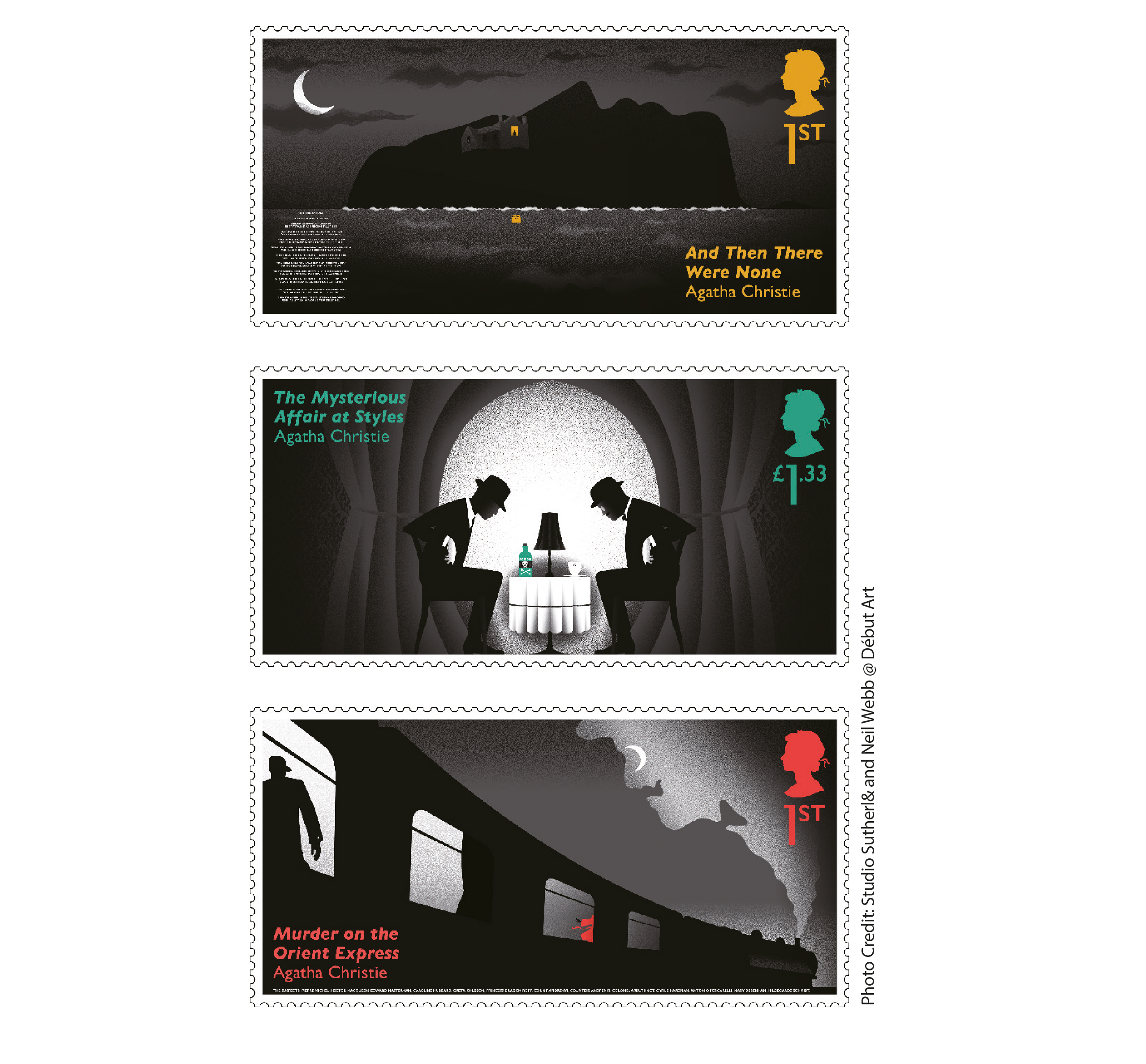
|
Security To provide a yet higher level of security, there have been experiments with holographic stamps. The US Postal Service produced a holographic stamp for the World Stamp Expo 2000 and in 2015 Jersey Post issued a holographic £5 stamp. Of course, design features such as holograms and microprinting increase the cost and difficulty of producing sets of stamps. For this reason, stamp design tends to be a highly collaborative process; Jersey’s holographic stamp design was a collaboration between the Manchester-based design agency True North, security printers Cartor International and the German hologram manufacture, Kurz. Many designers have embraced design elements developed as security features and put them to use in imaginative ways. A 2016 Royal Mail issue designed by Studio Sutherland celebrated the work of crime writer Agatha Christie by featuring designs containing hidden ‘clues’ relating to the crimes featured in Christie’s novels. Some clues were hidden by microprinting and could be revealed with use of a microscope, others were hidden with the use of fluorescent ink that is only visible under UV light, or even heat sensitive ink that only becomes visible when slightly heated. |
Currency But if traditional stamp design has always been driven by security concerns, and QR code postage labels solve the problem of security while also being more convenient, is there a future for the postage stamp as we know it?
|
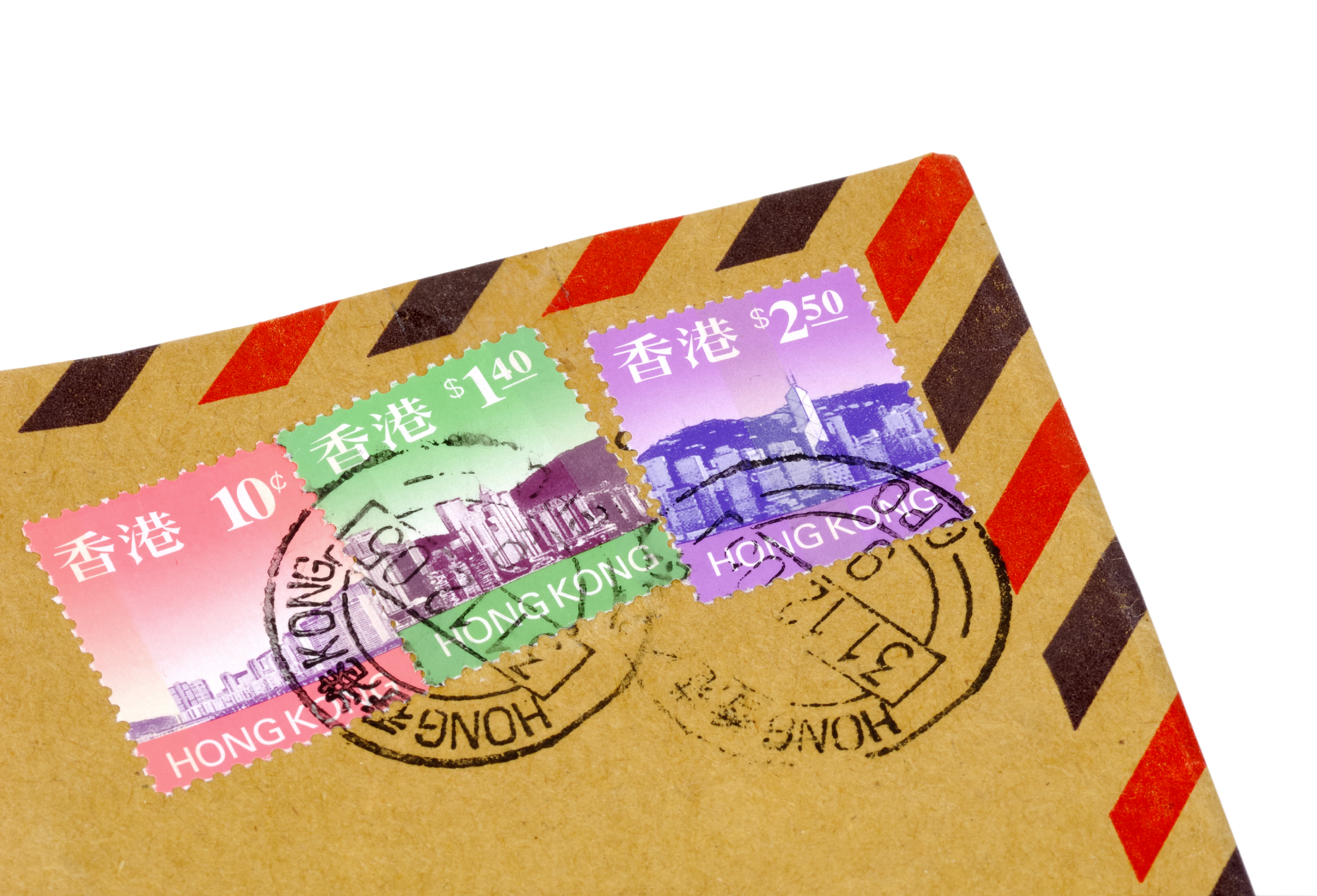
|
Collectability
Clearly, many customers prefer the old-fashioned way of sending a letter - and some privacy advocates have voiced concerns that putting a QR code on a letter means that it can be traced from the person who payed online for postage all the way to the recipient, opening up the possibility that governments could harvest surveillance data from letters sent and received. However, as demonstrated by the millions of customers who use of social media, convenience always wins out over privacy. And so, the replacement of traditional picture-stamps with uninteresting barcodes would seem inevitable were it not for the popularity of philately; collecting stamps has long been a popular pastime and may be one of the last things keeping them from becoming obsolete. With this in mind, posts around the world have sought to deliver ever more collectable designs to attract ever more collectors. With the vast number of stamps issued collecting the stamps issued within a single country can become an impossible task, prompting philatelists to collect according to themes; for example, stamps featurings birds, landscapes or buildings. This has led collectors to specialise in ever more esoteric subjects, such as bicycles, or even beards.
In the world of collecting, where the rarest are also the most sought-after, the most valuable are those with unusual printing errors that were not spotted before the stamp was issued. So it is unusual for stamps to become famous for their design alone. However, some designs such as the Penny Black or the Machin Series have become iconic in their own right.
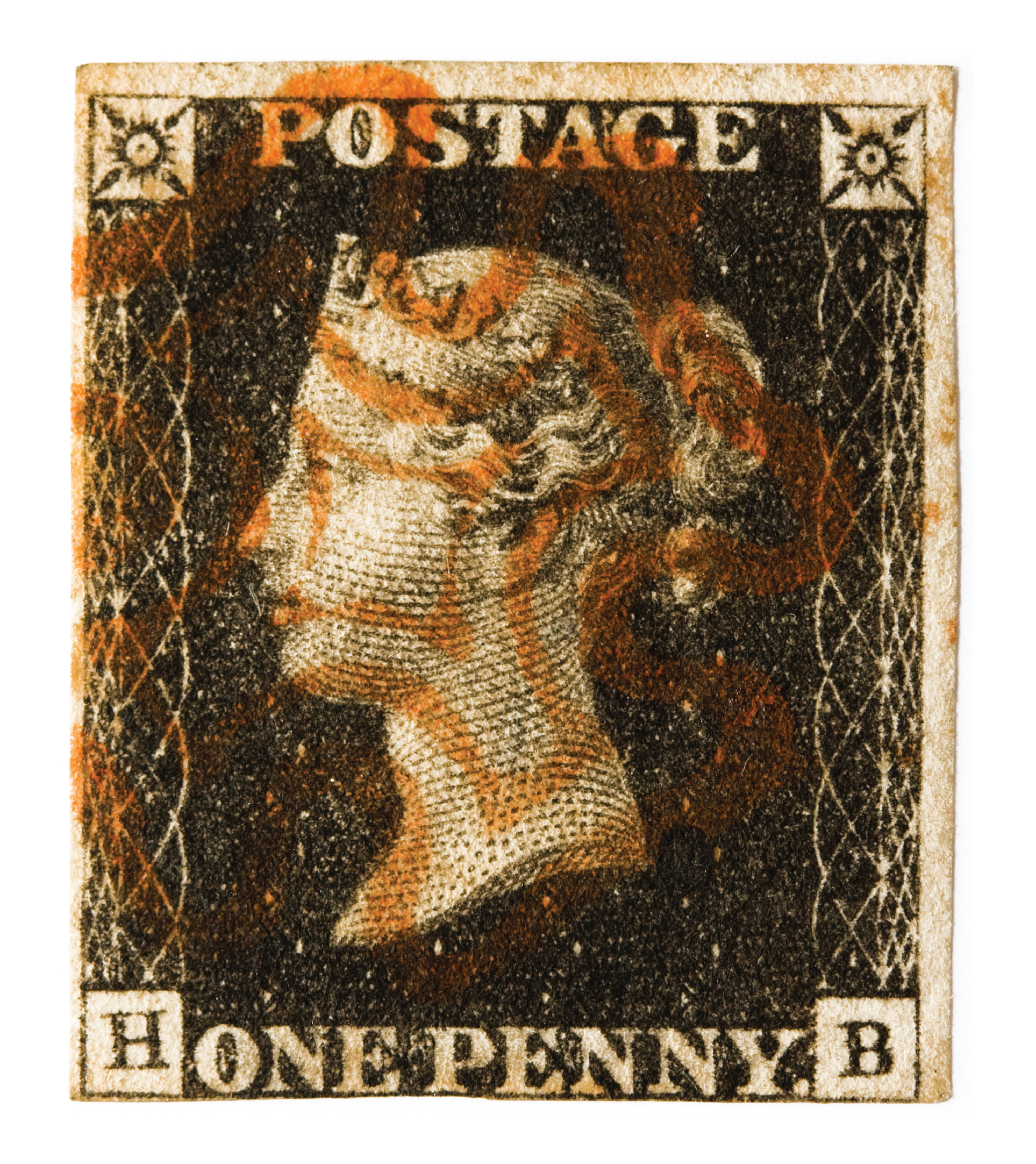
|
Legacy Of perhaps even greater historical importance, the Penny Black is regarded as the world’s first postage stamp. Issued in 1840 from an engraving by Charles and Frederick Heath based on a sketch by Henry Corbould, the design was used for all subsequent Victorian stamps. A total of 68,808,000 Penny Blacks were made. Nowadays, a used Penny Black can be bought for a little over HK$150 but a mint-condition example can cost many thousands of dollars, depending on whether it still has the adhesive gum on the reverse or whether the margins of the stamp have been trimmed. |
Politicking |

|
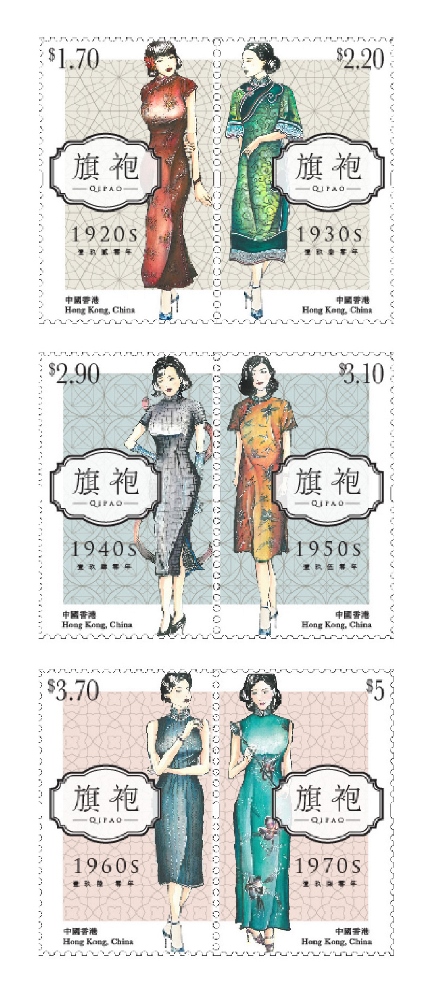
|
Design “There was a long period of in-depth research. Aside from using books for reference, our team is thankful to several overseas collectors, the Hong Kong Society of Cheongsam Artistry, and the qipao master tailors who shared items from their collections as well as lots of very important information,” said HKDI lecturer Ashley Ng, who was involved in the project. According to Ng, hands-on research and input from experts were essential parts of the project. The students worked to produce hundreds of qipao illustrations. From those, Yolanda Law and Mel Chan were selected to contribute their artwork. “Women’s apparel has always been an indicator of social status,” Ng said. “In the old days they would purchase their favourite fabrics and tailor their own designs, trends were influenced by celebrities rather than by designers. So the qipao reflects changes in women’s rights, ideals of beauty as well as Chinese culture.” Designing a stamp comes with a very particular set of challenges; not least because a stamp gives the designer such little room to utilise. “Some artworks that we worked with were very detailed and had to be given up on due to the issue of resizing,” Ng said. “Each artwork had to be prepared very carefully to fit the specific decade it represents, from changes in hairstyles to make-up, the length of the dress and the pattern. All this has to be shown clearly in a small space. A lot of time was spent communicating between the students and the experts to make sure that we got everything just right.” Thanks to such in-depth research, this collection of stamps is a collectable document of social and cultural history. And, as a Chinese cultural symbol with global appeal, it is only fitting the qipao should adorn letters sent around the world from Hong Kong. |
Others

Latest News | 1 September 2017
Robot Society

Latest News | 1 September 2017
We need to talk about 'Tesign' - Design starting with Tech

Latest News | 1 September 2017
Game Changers

Latest News | 1 September 2017
Hyper-reality

Latest News | 1 September 2017
Battery Power
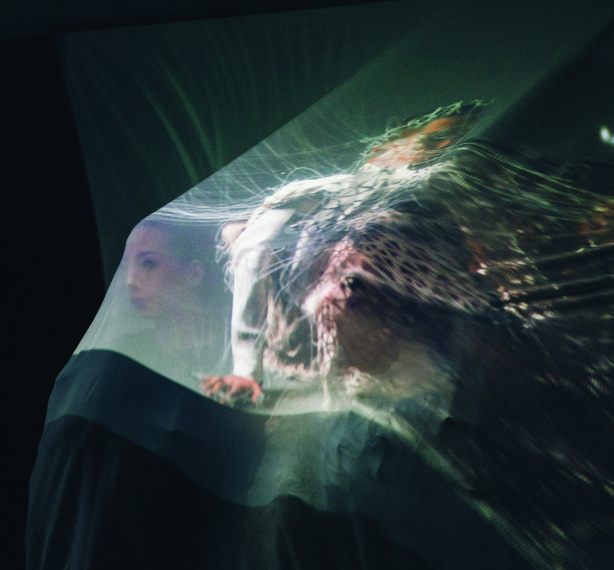
Latest News | 1 September 2017
When Art, Fashion and Music Collide

Latest News | 1 September 2017
Designers Making a Difference

Latest News | 1 September 2017
Small City, Big Data

Latest News | 1 September 2017
test
